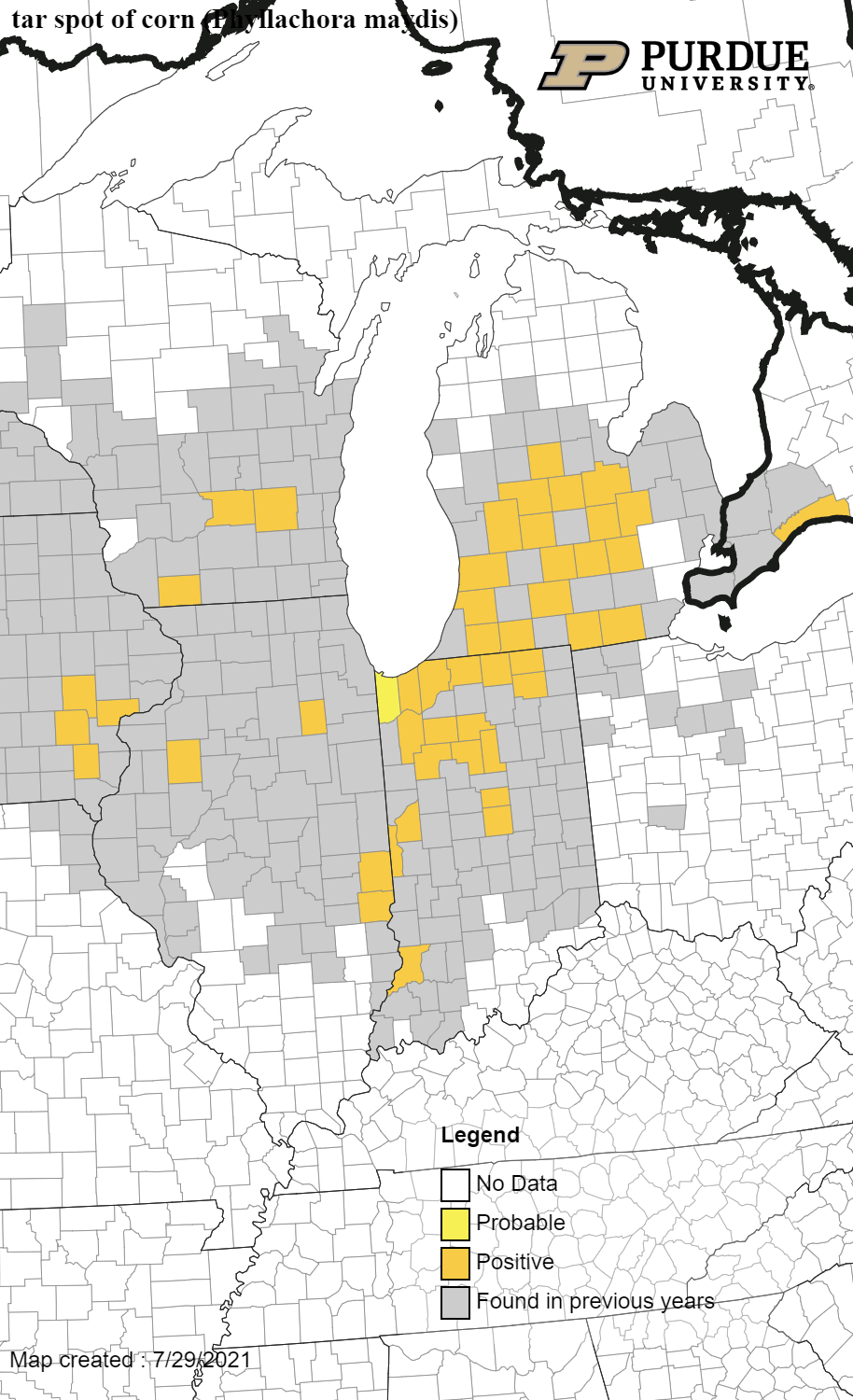
Tar Spot – We continue to confirm counties with active tar spot. Seventeen counties have been confirmed as of July 29, 2021.

Tar Spot – We continue to confirm counties with active tar spot. Seventeen counties have been confirmed as of July 29, 2021.
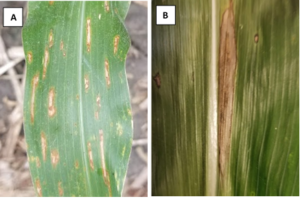
It is important to continue to scout for diseases in both corn and soybeans. Recent rains have created favorable environmental conditions for the development of foliar diseases in both crops. In our scouting rounds this week we continue to find gray leaf spot, northern corn leaf blight, and tar spot in corn (Figure 1 and 3), and frogeye leaf spot, downy mildew and Septoria brown spot in soybean (Figure 2). In addition, we continue to add counties with active tar spot and southern rust in Indiana. The most frequent question I have received is, “Should we make a fungicide application?” My response – What diseases are you finding in your field? What is your hybrid/variety susceptibility and field history? What growth stage? Are you irrigating? A fungicide application can be effective at reducing disease and protecting yield, but there are a number of factors that need to consider: the field[Read More…]
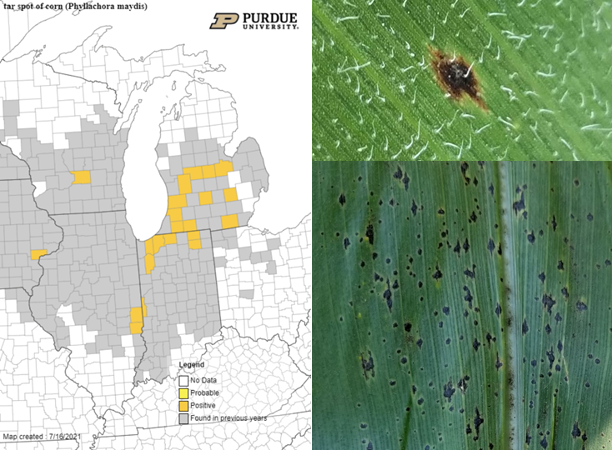
Recent rains and increased humidity across Indiana have increased the risk for foliar diseases to develop in both corn and soybean.
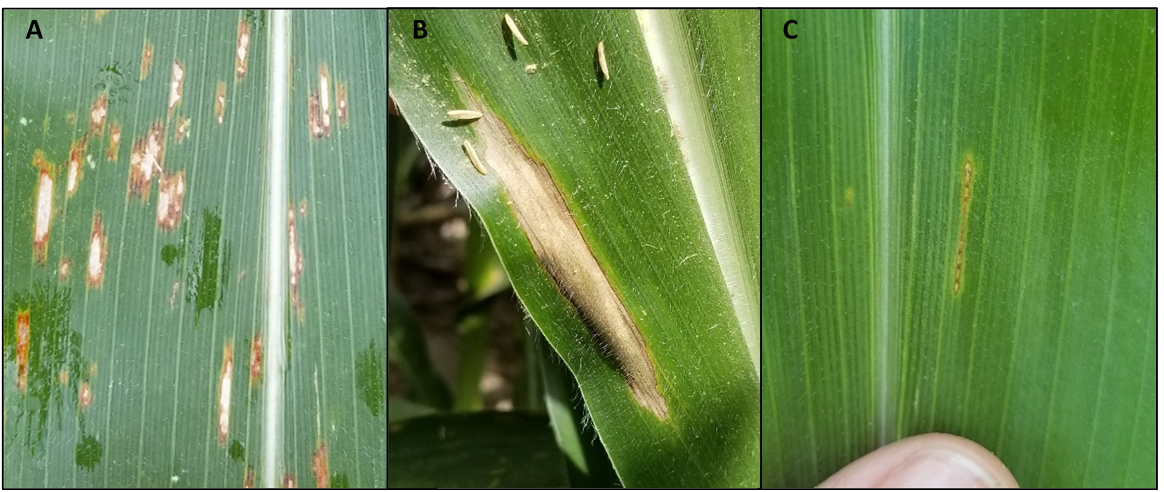
Early planted corn in Indiana is reaching mid- to late-vegetative stages and some tasseling in the south.
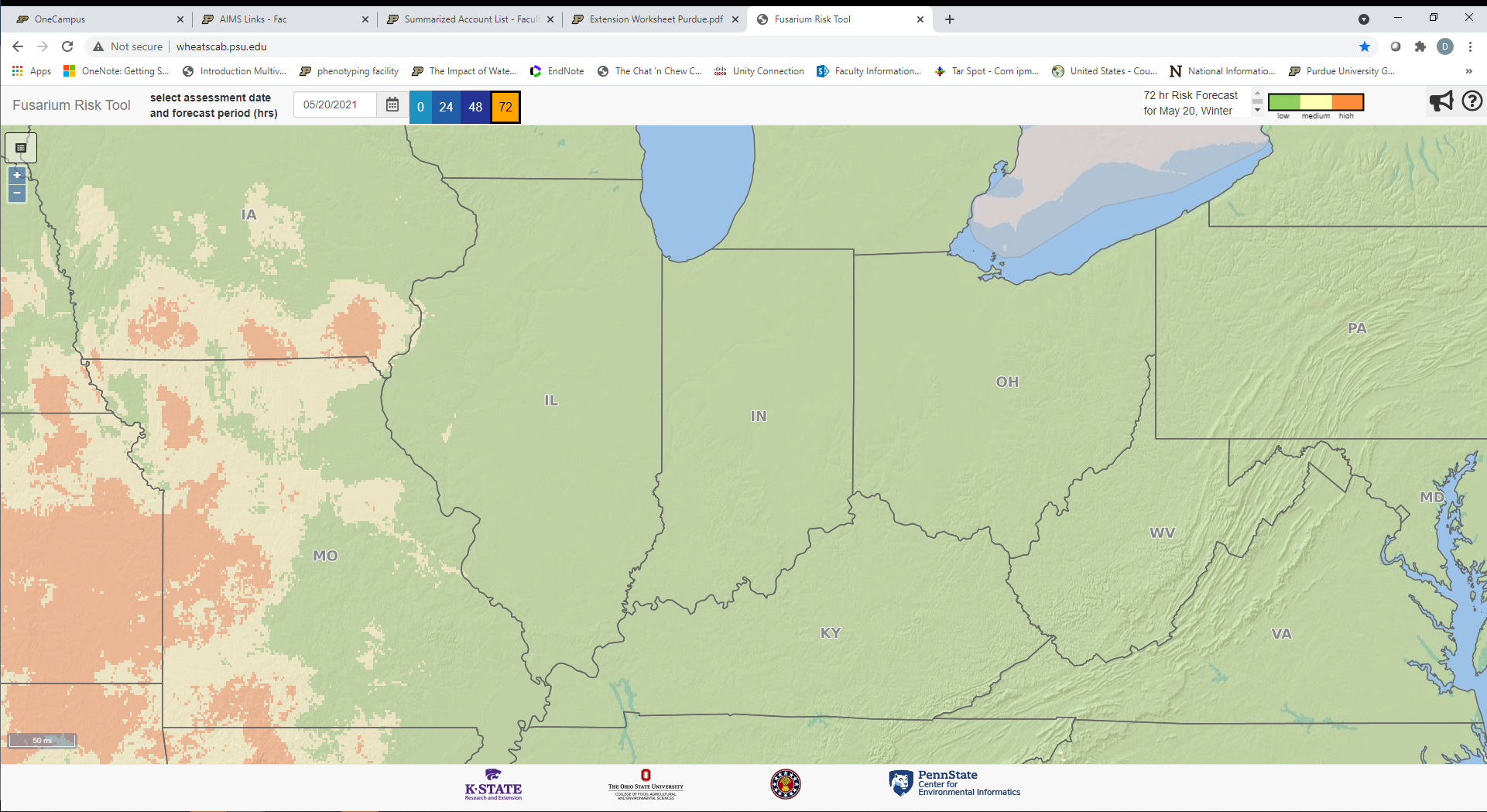
Wheat in Indiana is starting to head out in central Indiana and flowering will probably start this weekend.
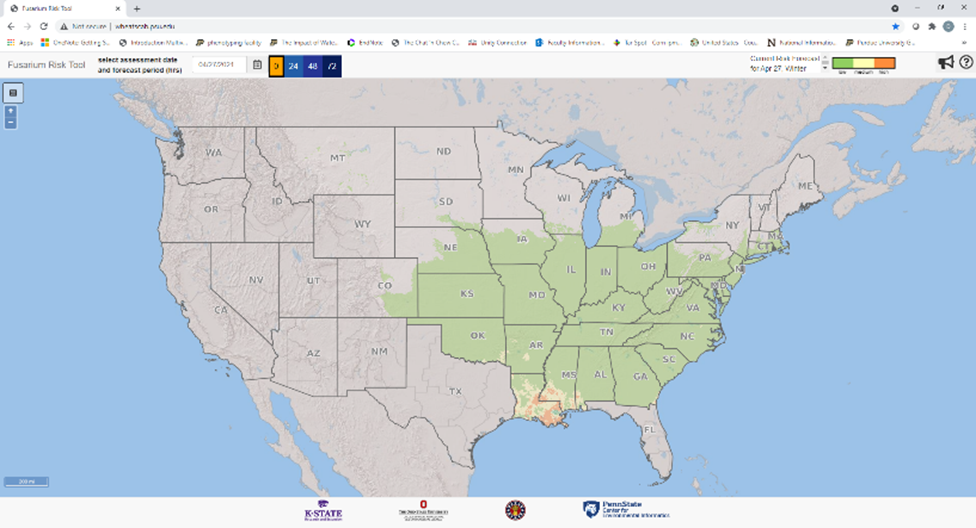
I want to remind you of a few resources for monitoring field crop diseases here in Indiana as planting has begun to ramp up here in Indiana.
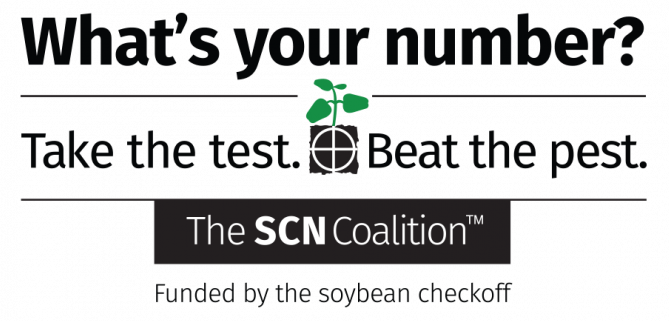
Support from the SCN Coalition and National Soybean Board will continue to provide FREE soybean cyst nematode (SCN) soil testing this spring to Indiana growers.
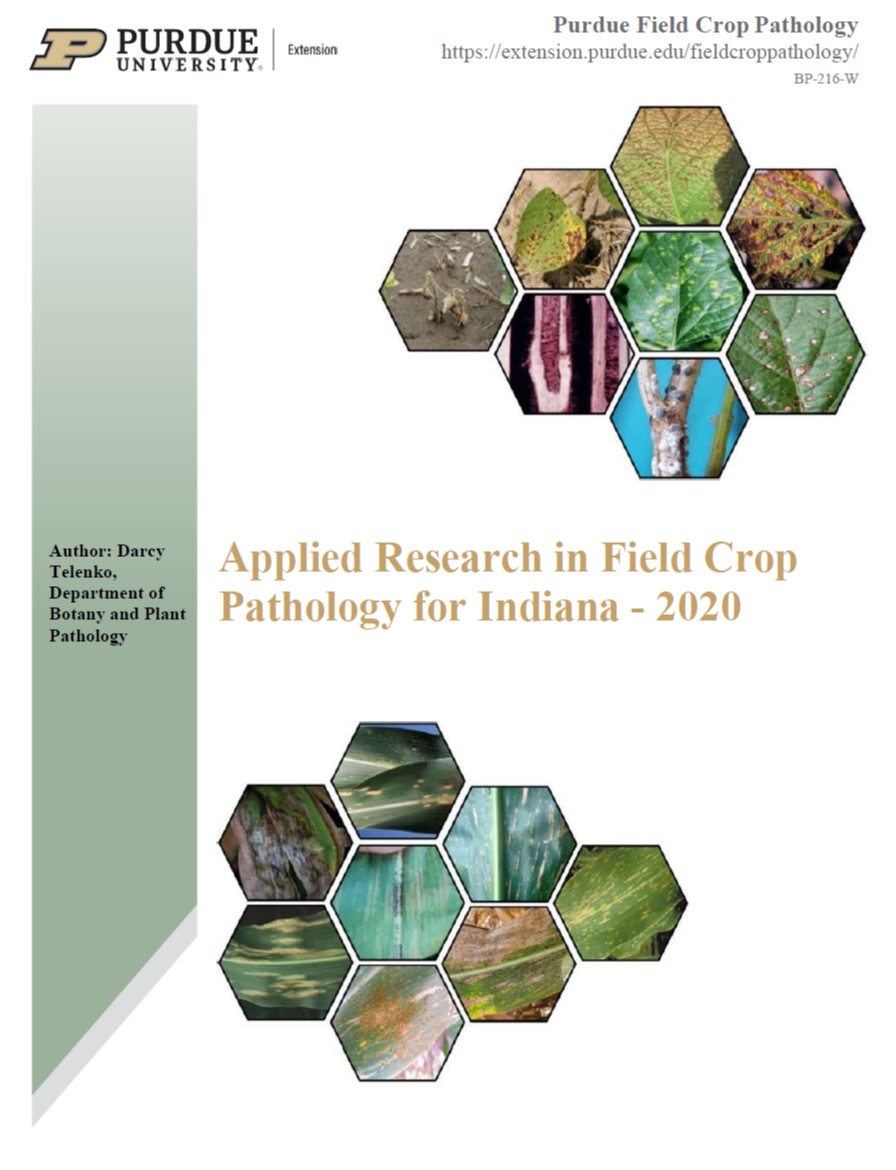
A summary of the 2020 applied field crop pathology trials conducted by the Purdue Field Crop Pathology program in the Department of Botany and Plant Pathology is now available.

The USWBSI’s mission is: to enhance food safety and supply by reducing the impact of Fusarium Head Blight on wheat
and barley.
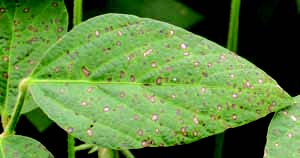
Frogeye leaf spot (FLS) is becoming a serious threat to soybean production in Indiana and surrounding states. Traditionally a southern disease, it can cause yield loss up to 60%. In recently years, FLS severity has been on the rise in the North Central region. It caused estimated yield loss worth $51 million in Indiana and $428 million in the North Central region in 2018. FLS infection can occur at any stage of soybean development, but most often occurs after flowering. Initial symptoms are small, dark spots, which will eventually enlarge to a diameter of up to about ¼ inch. The centers of the lesions become gray to brown and have a reddish-purple margin. Stems and pods can also be affected later in the season. Symptoms on stems are long narrow dark lesions with flattened centers. Pod lesions will be circular to elongate, slightly sunken and reddish-brown. Seed symptoms will appear[Read More…]
© 2025 Purdue University | An equal access/equal opportunity university | Copyright Complaints | Maintained by Pest&Crop newsletter
If you have trouble accessing this page because of a disability, please contact Pest&Crop newsletter at luck@purdue.edu.